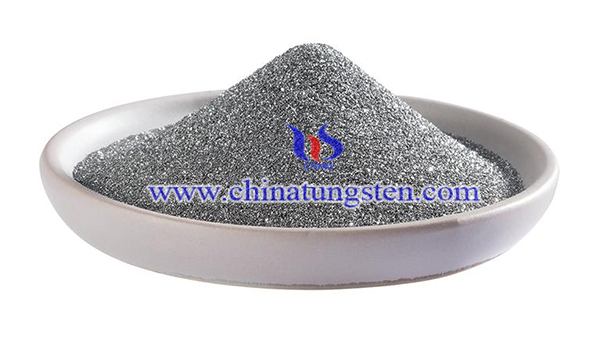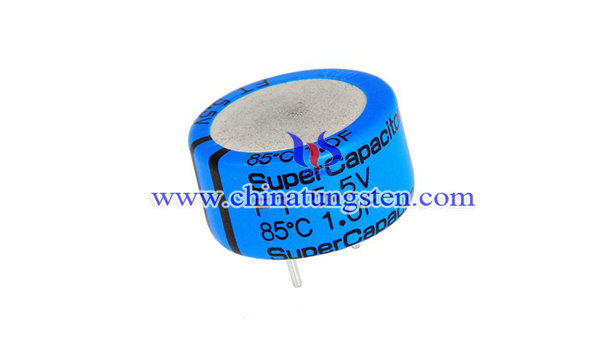WO3-W2C Composite as Supercapacitor Electrodes
- Details
- Category: Tungsten Information
- Published on Wednesday, 13 October 2021 11:46
Tungsten trioxide (WO3) has been widely applied ain polymorphism, electrochromism and gas phase change. WO3 is also a promising material that can be used for field emission, solar energy and storage.Transition metal oxides (TMO) are used in supercapacitors to increase capacitance and energy density through pseudocapacitance or Faraday mechanism. WO3 is also an excellent transition metal oxide. Although WO3 is a promising material for supercapacitor electrodes. It lacks chemical stability, yielding low life cycle values.
Therefore, an alternative method to overcome such problems is to add conductive agent materials, such as some carbon allotropes, TMN or transition metal carbides (TMC). Tungsten carbide (W2C), which is a tungsten alloy that is very stable in aqueous media. Thus, scientists have combined tungsten trioxide with tungsten carbide to gain a better performance. WO3-W2C composite has been prepared as supercapacitor electrodes, which shows a higher capacitance, chemical stability, and long lifespan. The preparation process of WO3-W2C composite is as follows:

Polish the polycrystalline copper samples with No. 1200 and No. 2000 sandpapers, and then place them in an ultrasonic bath in 99.5% synthetic ethanol for 10 minutes for organic cleaning. The samples were then dried in the open air and transferred to the HFCVD chamber.
The HFCVD reactor consists of a stainless steel chamber with a volume of 40 L, in which the deposition runs in a vacuum with a base pressure of 5.8 mbar. This means that, for example, the amount of oxygen and water vapor involved in the deposition process is negligible. In addition, two tungsten wires with a diameter of 236 µm and a length of 80 mm are located about 10 mm above the copper substrate sample. In order to provide a reducing environment in the reactor, maintain a total flow rate of ≈50 sccm H2 during the entire deposition process. Therefore, the sample is etched by removing any adsorbed oxygen on the substrate.

WO3-W2C composite is a promising material as supercapacitor electrodes. Results show that the efficiency of the first cycle and the 10,000th cycle are increased from 59% to 85%, which is 160% increase in capacitance. In summary, the materials reported in this article have unique aspects that improve their performance during recyclability. Therefore, such features and synthesis process can make it used as a renewable energy storage device.
- Tungsten Oxide Manufacturer & Supplier, Chinatungsten Online: www.tungsten-oxide.com
- Tungsten News & Prices of China Tungsten Industry Association: www.ctia.com.cn
- Molybdenum News & Price: news.molybdenum.com.cn
- Tel.: 86 592 5129696; Fax: 86 592 5129797; Email: sales@chinatungsten.com



 sales@chinatungsten.com
sales@chinatungsten.com